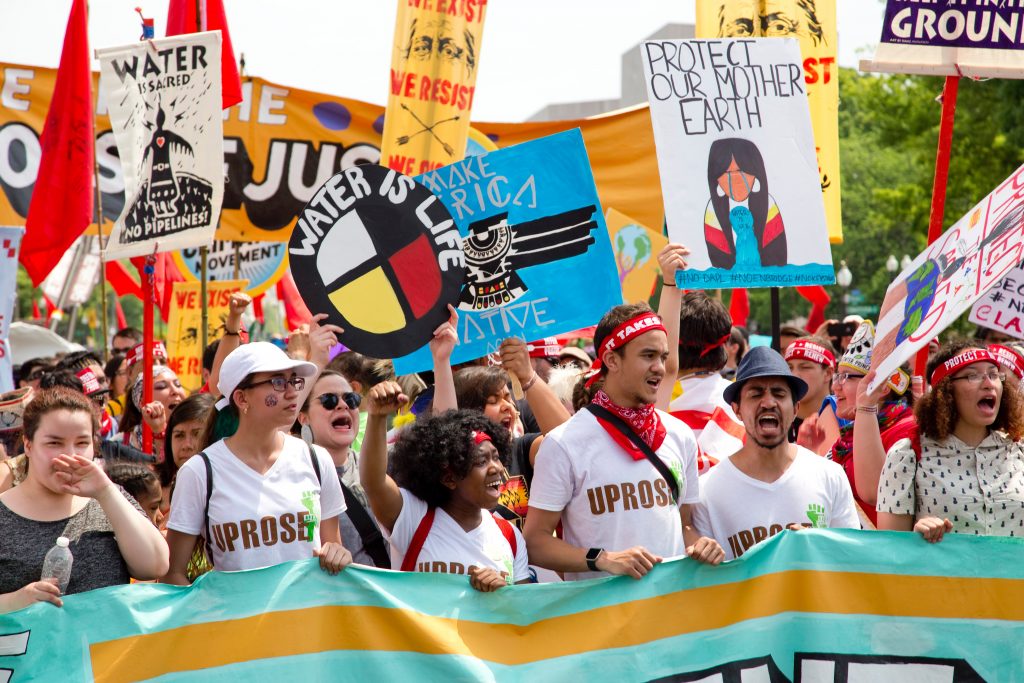Part 1: Hope for the Future: the event that started a conversation
We say that sustainability is about more than the environment; it is also about the people living in it. This blog series is highlighting a few ways in which our conversations around sustainability aren’t always taking the big picture into account.
Hope for the Future: Tackling Inequality and Diversifying the Climate Movement was an event organized at the ECCI bringing together university students with MP Tommy Sheppard, and speakers working with marginalized communities including Chine McDonald from Christian Aid and Zarina Ahmad from CEMVO. It highlighted climate change as an issue of inequality that disproportionately affects minorities not only globally but also within the UK, and aimed to shed light on the importance of including and empowering marginalized communities in the climate movement. The session brought forth a conversation in our office about the need to understand the varied perceptions and priorities relating to sustainability for different communities.
Statistically, the environmental profession is one of the least diverse in the UK. The media has also noted that recent climate protests have been primarily composed of a white middle-class majority with minimal representation from anyone else. This is also evident in where most media attention lies (ex. Attention to Greta Thunberg versus indigenous activists). As a result, there is often one perspective dominating at the expense of the others and a clear lack of diversity in the climate movement narratives.

The problem with that is that it alienates some people from the conversation and direct actions, and in doing so gives rise to increased judgements and divisiveness. Accordingly, it is important to recognize how cultural dynamics impact the interaction with certain environmental issues. For example, sustainability here in the UK is often translated into a focus on individual actions, such as using reusable bags or metal straws, adhering to a vegan diet, doing more recycling etc. In other contexts, sustainability could mean inclusivity, resilience and the struggle for access to resources such as water, land and food. Environmental activism here may take the shape of XR or street protests, but has it considered the implications of these actions on minorities and marginalized communities? Perhaps what is more important is reflecting why these narratives are so different and what that tells us about inequality and privilege on individual, national and global levels.
If an initiative is formed without minorities in mind, it should make a conscious effort to understand and incorporate their perspectives as well as make place for them and their experiences in the conversation. Zarina uses the metaphor of hosting a party, taking on the responsibility of sending out invitations and then inviting people to dance. Reaching out to certain communities may require us to ditch the trendy lingo and adopt a simpler vocabulary. This is not because it is hard to understand, but rather because it’s not relatable and often associated with a certain image that is not representative of the environmental struggles of these communities.
We hope this will be a start of a series that highlights the importance of including and empowering diversity of narratives within the climate change conversation, be it arising from differences in socioeconomic, ethnic and cultural backgrounds or disability. This reminds us to embed environmental justice and equality at the core of the sustainability conversation.
Links
“Does Extinction Rebellion have a race problem?”, The Guardian
